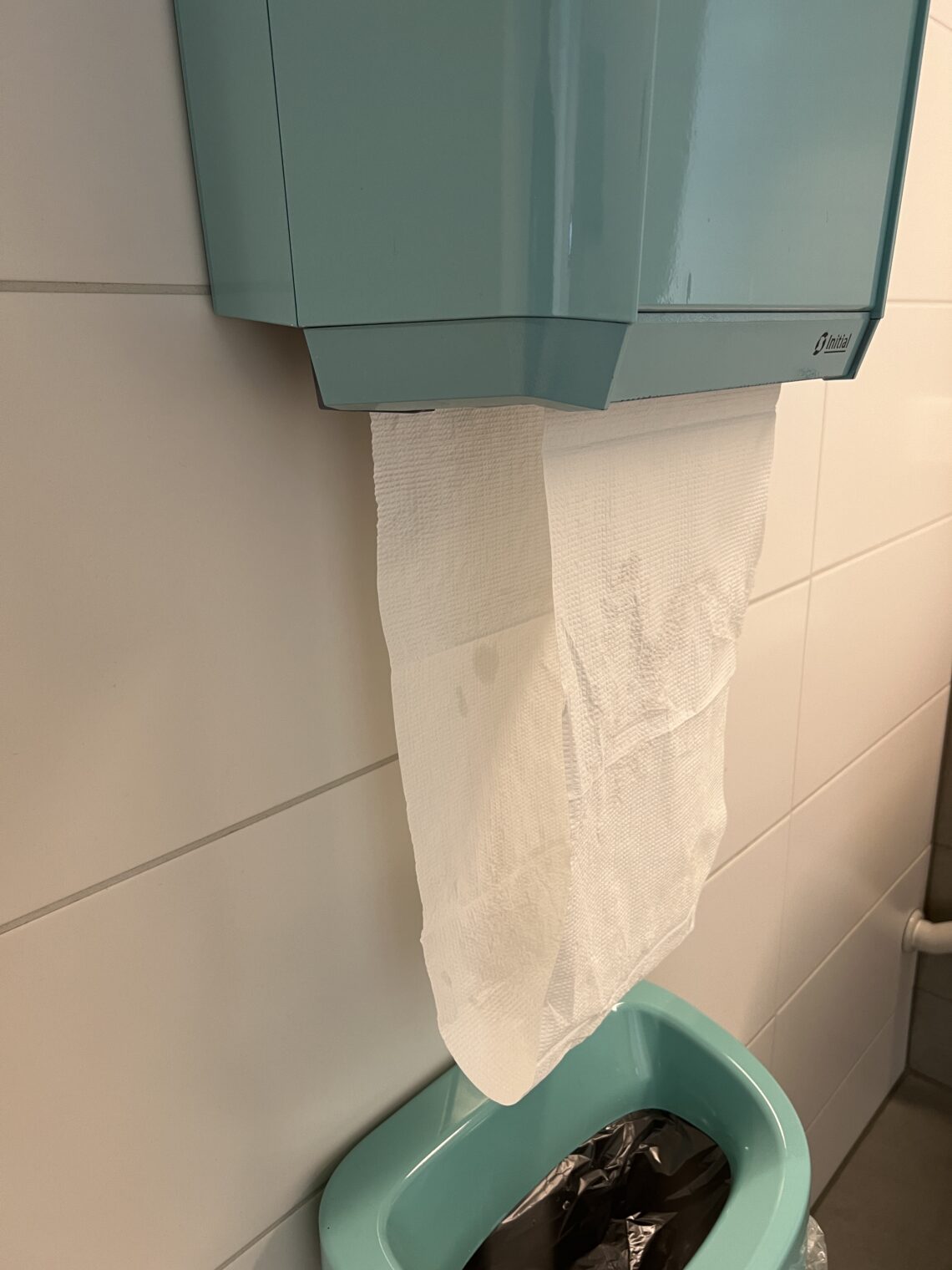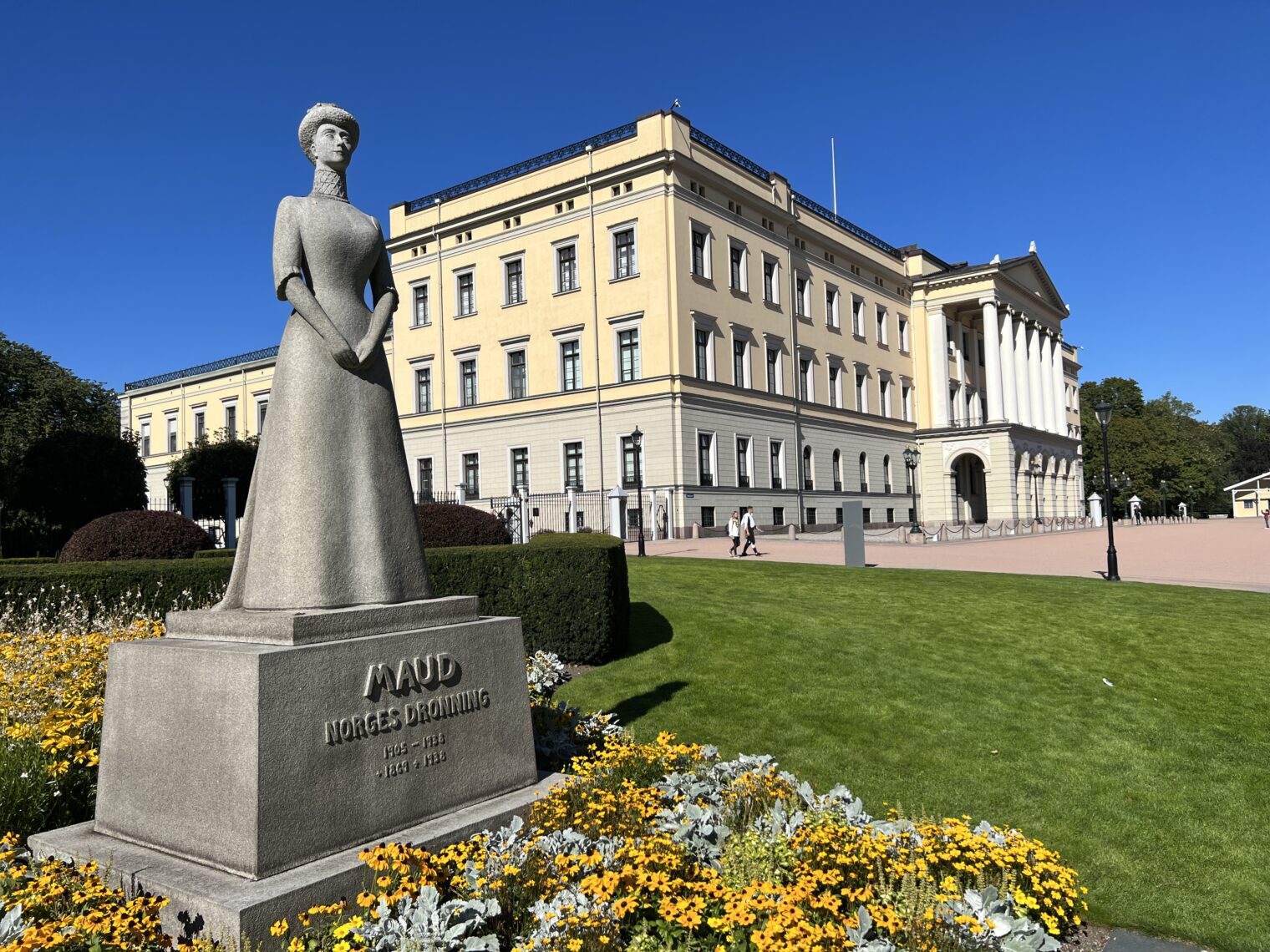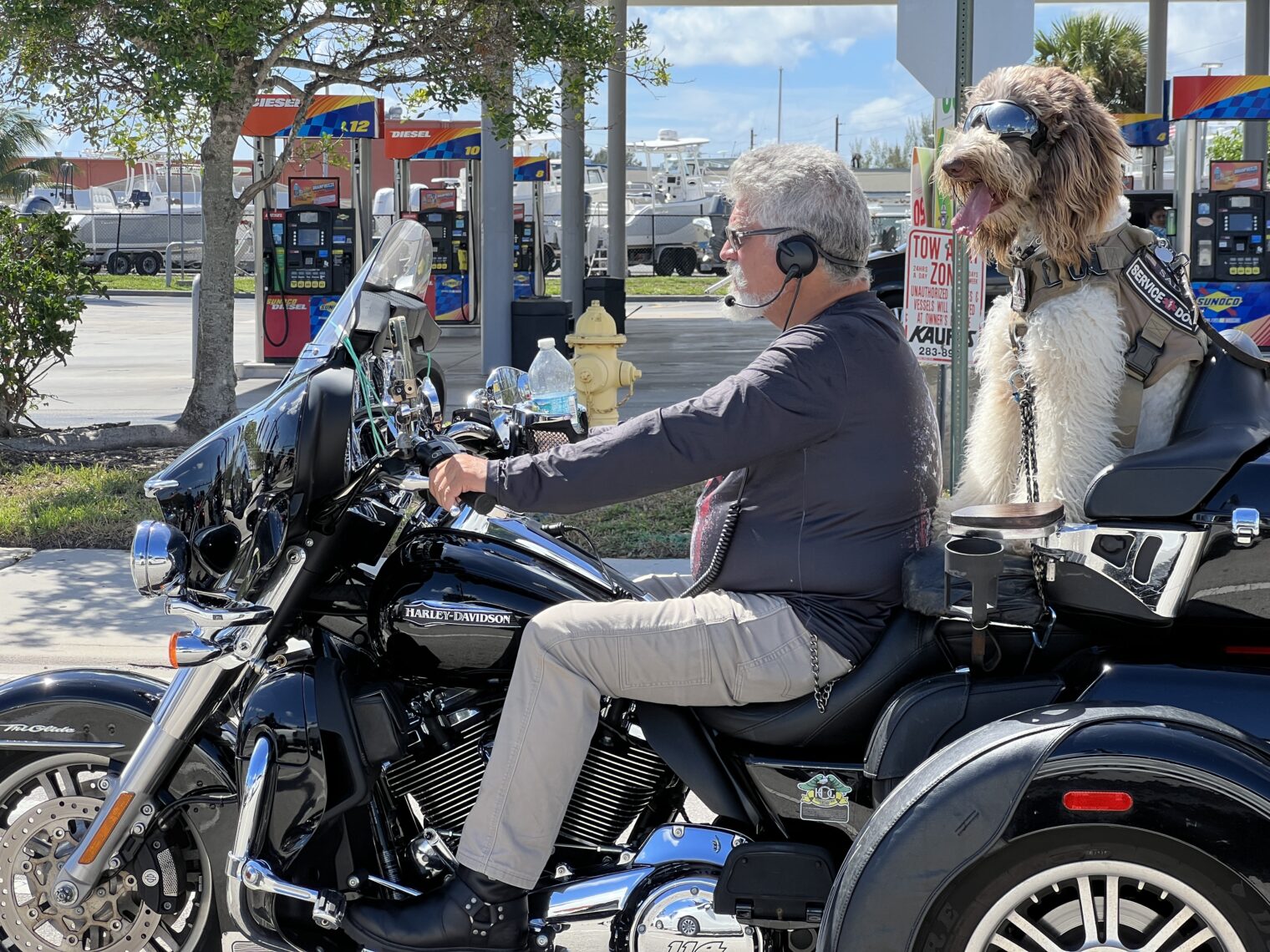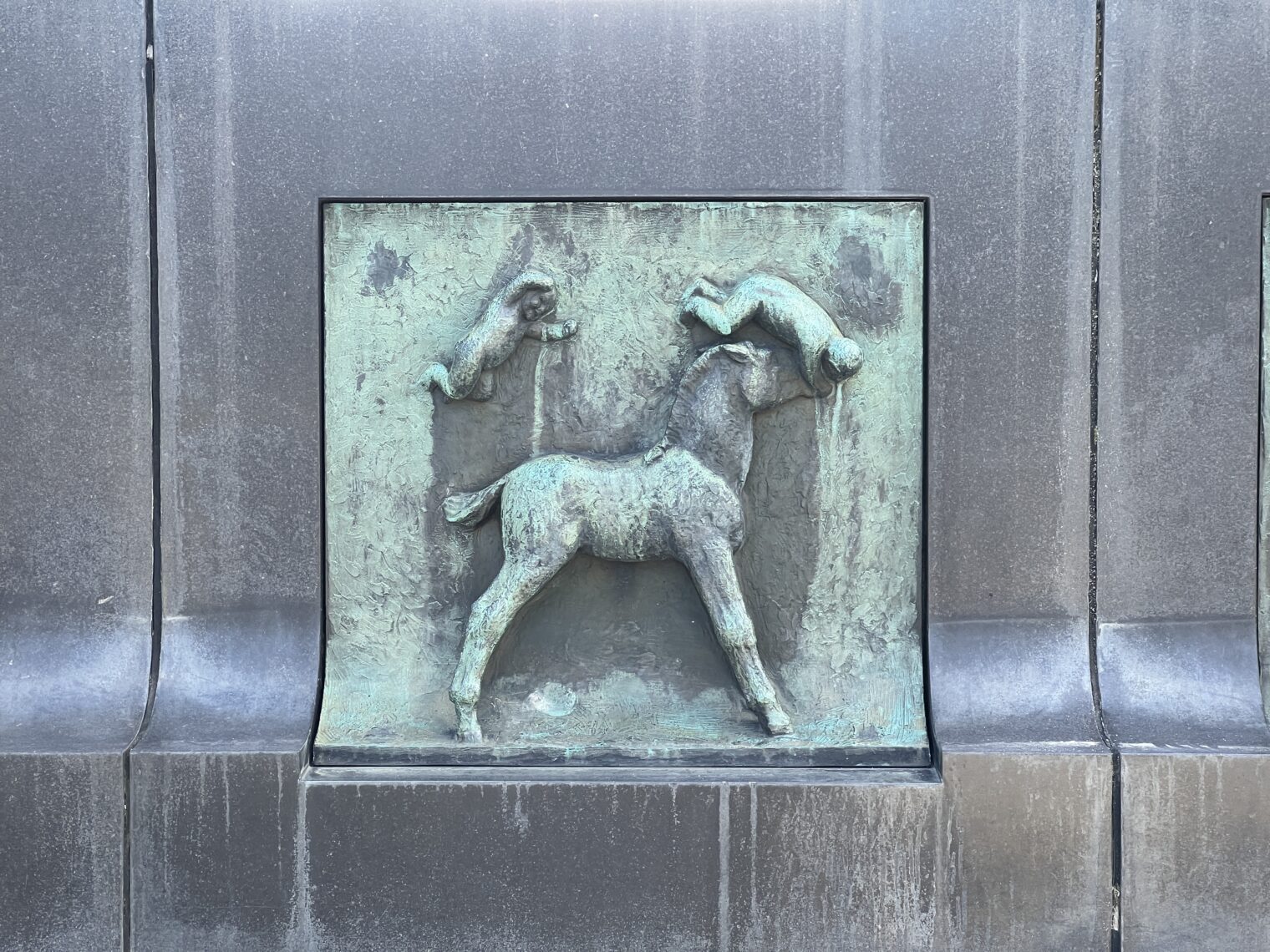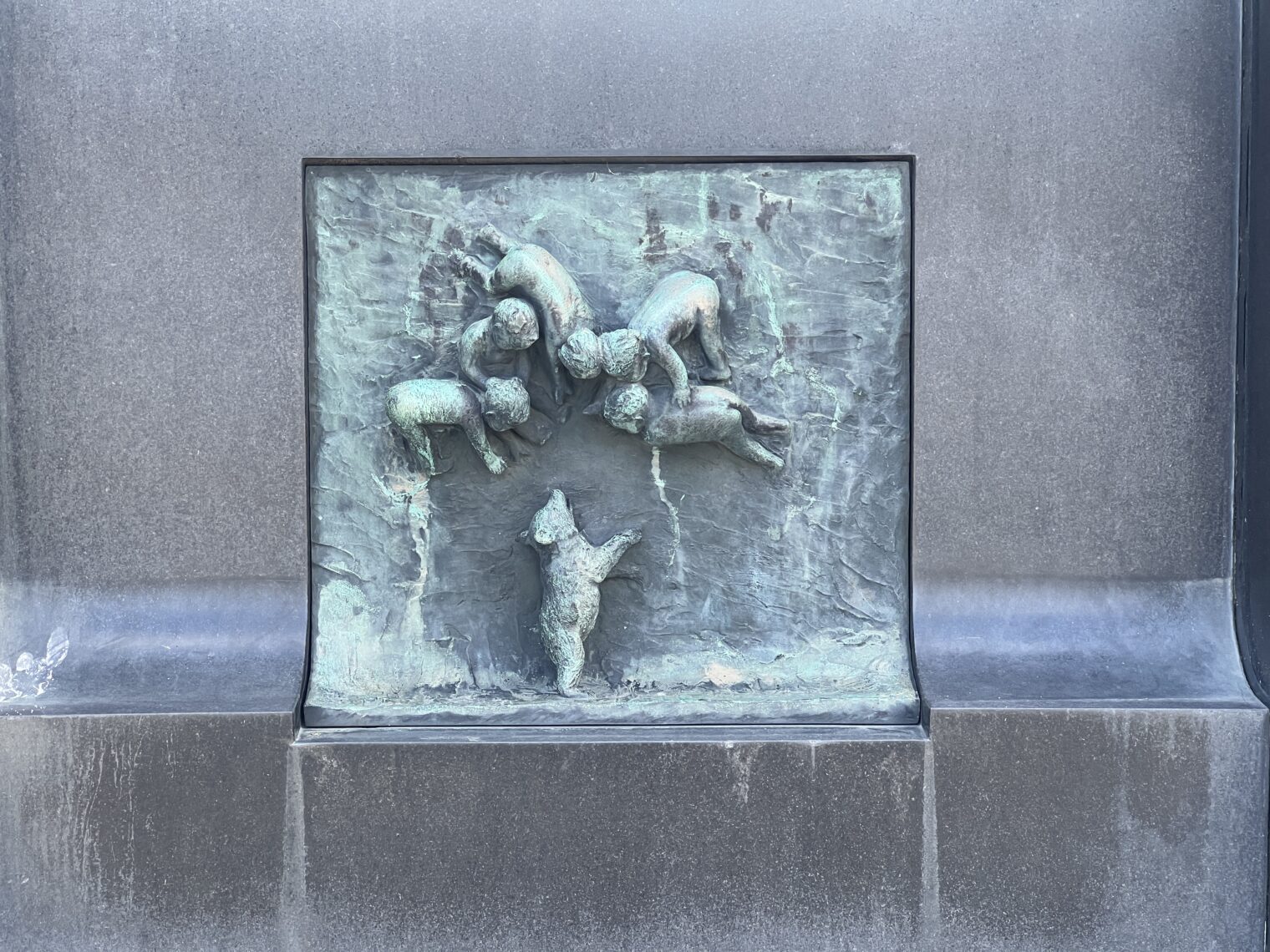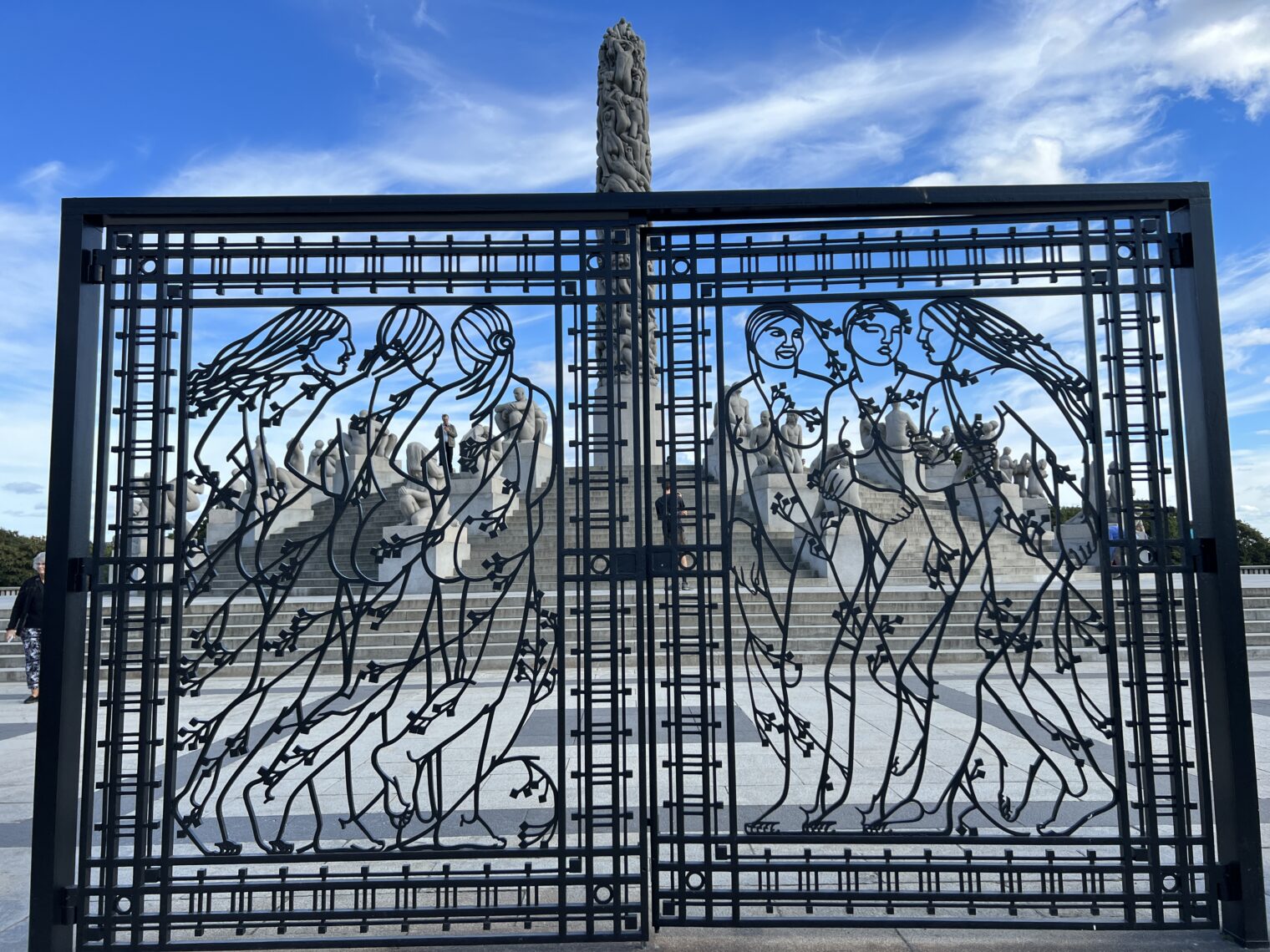“Biden Administration Has Admitted One Million Migrants to Await Hearings” (New York Times, today):
SOUTH PORTLAND, Maine — At a modest hotel a few miles from the ocean here, most of the rooms have been occupied this summer by families from African countries seeking asylum — 192 adults and 119 children in all.
They are among the more than one million undocumented immigrants who have been allowed into the country temporarily after crossing the border during President Biden’s tenure, part of a record-breaking cascade of irregular migration around the world.
Distinct from the hundreds of thousands who have entered the country undetected during Mr. Biden’s term, many of the one million are hoping for asylum — a long shot — and will have to wait seven years on average before a decision on their case is reached because of the nation’s clogged immigration system.
It is the text that I have highlighted above that is the subject of this blog post. If the folks who have “entered the country undetected” were not detected, how can anyone purport to begin to estimate their number?
There are some less-interesting tidbits in the article:
The million who have been allowed in since Mr. Biden took office — a figure that comes from internal Homeland Security data and court filings — are from more than 150 countries around the globe. With few pathways to enter the United States legally, crossing the border without documentation is often the only option for those fleeing crime and economic despair.
The U.S. is bordered by only two countries, Canada and Mexico. How is the U.S. then the “only option” for people “from more than 150 countries”? If people have the right to claim asylum anywhere in the world, why is it a journalistic fact, not an opinion, that their only option to cross multiple borders before taking up residence in Portland, Maine?
“Since we can’t go back in time and convince Americans to have more babies, we’ll need immigrants to fill out the labor force,” said Amon Emeka, a sociology professor at Skidmore University. “It will be critical that immigrants be integrated in the U.S. labor market to make up labor shortfalls in the years to come.”
This is the opposite of the perspective that I heard in Oslo last week. Rather than additional migrants, Norwegians with whom I spoke said they would rather have open space and elbow room, even if it means counter-service restaurants (“Panera-style”) are destined to be the norm rather than table-service. It would not be an improvement, from their perspective, to grow Norway from 5 million population to 10 million, especially not with low-skill immigrants.
Who benefits when Metro Portland’s population is expanded and rents consequently go up? As predicted in this article by a Harvard professor, folks who own businesses and apartment buildings:
Ben Conniff, co-founder and chief innovation officer at Luke’s Lobster, said his business relies heavily on immigrants. About one-third of the employees at the company’s processing plant in Saco are asylum seekers, and he is desperate to hire more.
What’s the timeline?
Currently, it takes between five and seven years for asylum cases to be decided. If an application is denied, there are opportunities to appeal, adding more years to an immigrant’s time in the country.
If a child is born at the beginning of an asylum-seeker’s residence in the U.S., in other words, he/she/ze/they could be 18 years old before the end of the legal process and therefore able to get the rest of the family in via chain migration (the parents, e.g., will have an automatic right to a Green Card because the adult child is a U.S. citizen via birthright citizenship).
Maria Zombo, an Angolan asylum seeker and mother of six who lives outside of Portland, recently opened an African grocery store in the revitalized downtown of Biddeford. She came to the country on a tourist visa eight years ago, and has yet to receive an initial response to her application for asylum. She has started a business, purchased a home and had a child.
Her experience is not atypical, said Conchita Cruz, co-executive director of the Asylum Seeker Advocacy Project, a nonprofit.
“People are having their entire life here happen before they get an answer,” Ms. Cruz said.
In U.S. family courts, having even one child is considered a disabling condition for a plaintiff identifying as a “mother” with respect to the world of employment yet this mother of six is hard at work running a money transfer shop (photo: Kirsten Luce):
Maybe the folks who say that low-skill migrants are an economic boon are right? (Or possibly, the NYT happened to feature this migrant rather than hundreds who were not working?)
Circling back to the main topic of this post… how do we know how many migrants are in the U.S. if many are “undetected”? “Yale Study Finds Twice as Many Undocumented Immigrants as Previous Estimates” (2018) describes an attempt: “After running 1,000,000 simulations of the model, the researchers’ 95% probability range is 16 million to 29 million, with 22.1 million as the mean.”
Related:
Full post, including comments

